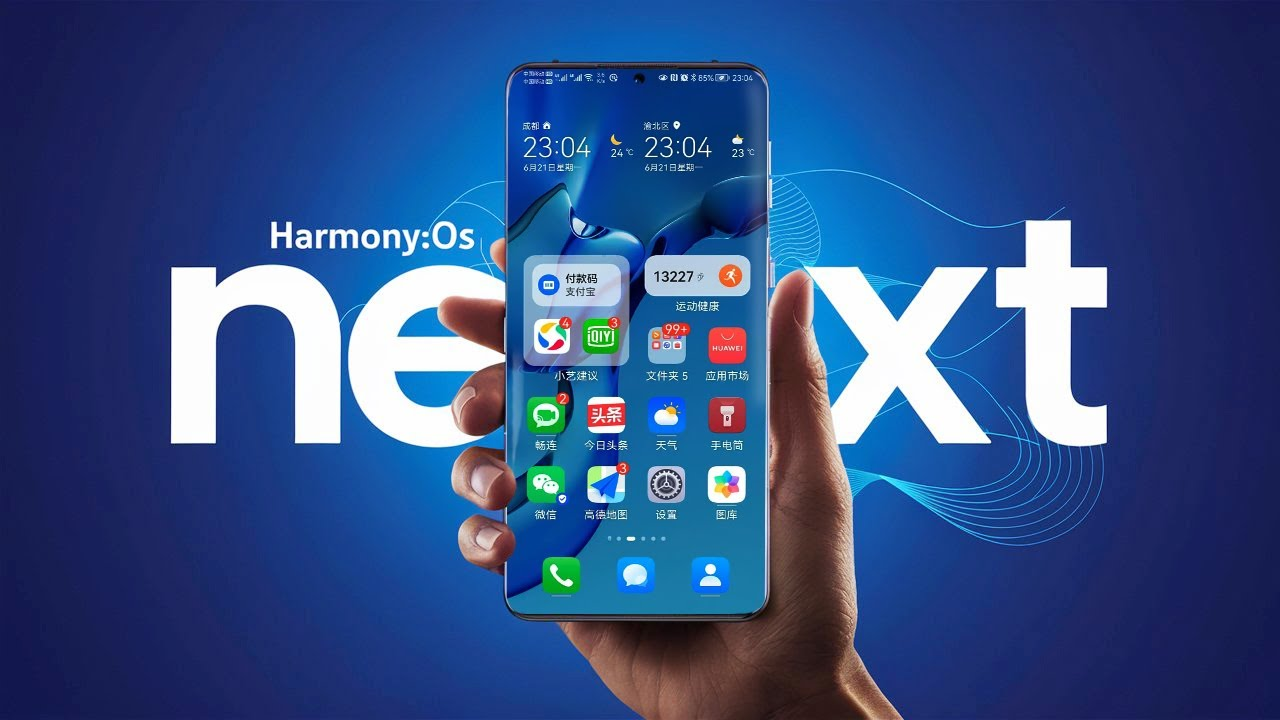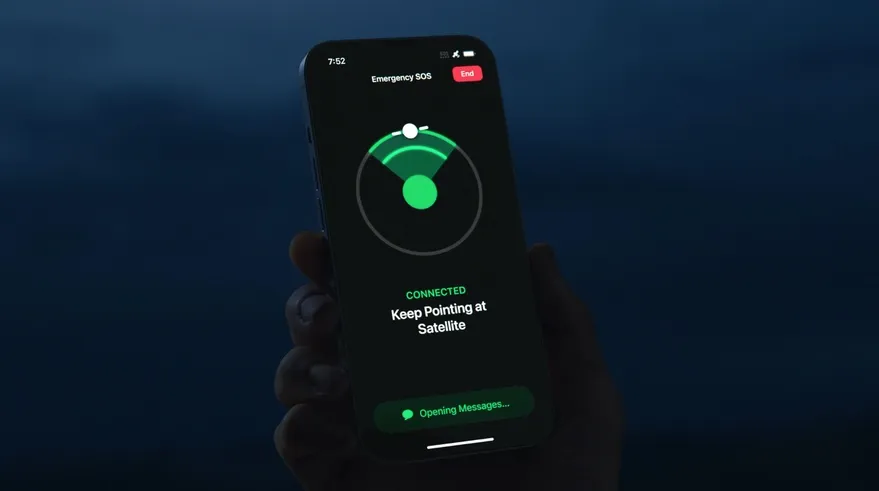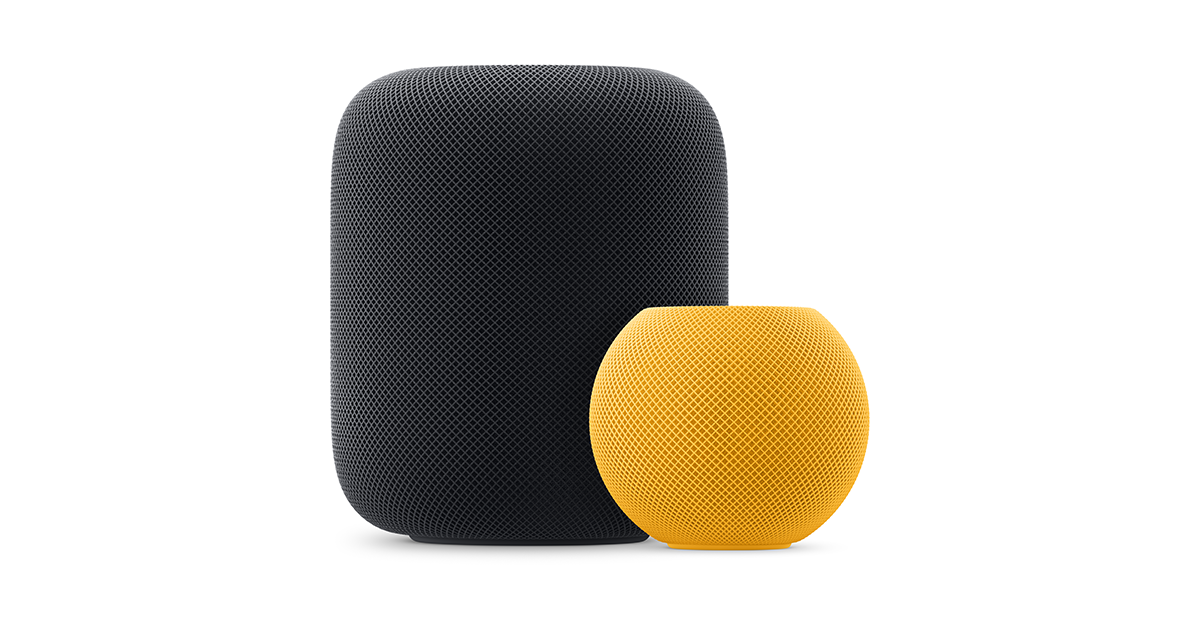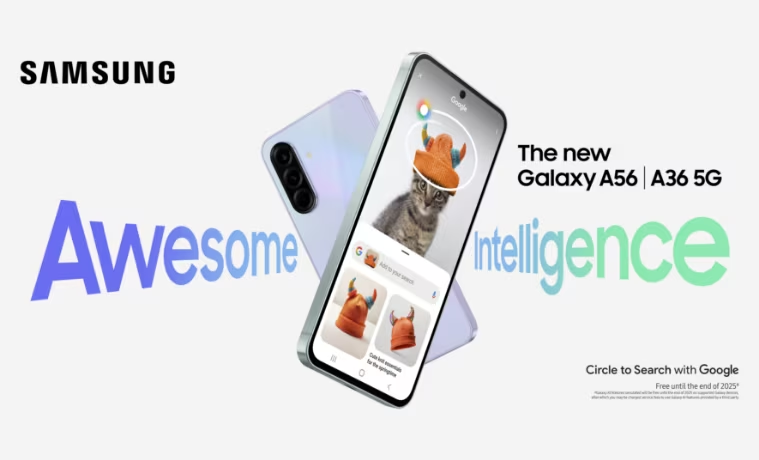justineanweiler.com – In 2019, Huawei unveiled HarmonyOS, a new operating system that marked a bold step for the tech giant as it sought to reduce its reliance on Google’s Android and build a more integrated ecosystem across a range of devices. Initially designed to power smartphones, HarmonyOS has evolved into a cross-platform OS aimed at a wide range of Internet of Things (IoT) devices, from smartphones to smart TVs, wearables, tablets, and even cars. This expansion has positioned HarmonyOS as a key part of Huawei’s strategy to remain competitive globally amidst geopolitical tensions and trade restrictions, especially with the United States.
What is HarmonyOS?
HarmonyOS is Huawei’s microkernel-based operating system designed for use across a variety of devices. Unlike traditional operating systems such as Android or iOS, which were originally built for specific devices (smartphones or tablets), HarmonyOS aims to create a unified, cross-platform environment that can seamlessly run on smartphones, wearables, tablets, smart TVs, laptops, in-car systems, and more.
At its core, HarmonyOS is designed to facilitate smooth communication between different types of devices, making it an ideal operating system for a world where smart devices are becoming increasingly interconnected. This cross-platform ambition is Huawei’s answer to the growing Internet of Things (IoT) ecosystem, where smartphones, appliances, and even cars communicate with one another.
Key Features of HarmonyOS
- Microkernel Architecture
HarmonyOS uses a microkernel design rather than a traditional monolithic kernel. A microkernel operates with the principle of minimalism, containing only the most essential parts of the operating system in the core, while delegating other functionalities to separate modules. This architecture enhances security and efficiency, allowing for faster updates and reduced vulnerability to attacks. - Distributed Technology
One of the standout features of HarmonyOS is its distributed technology, which enables a seamless experience across multiple devices. This allows users to move content and tasks between devices without friction. For example, you can start a video on your smartphone, and without interruption, switch to a larger screen, like a tablet or smart TV. HarmonyOS can detect which device is best suited for a particular task and distribute resources accordingly, optimizing performance across the ecosystem. - Cross-Platform Compatibility
HarmonyOS aims to be the backbone of Huawei’s ecosystem of products. The system is built with the capability to adapt to a wide variety of hardware, enabling it to run on a smartphone, smart speaker, smart TV, smartwatch, tablet, or even a car’s infotainment system. This cross-platform approach allows users to have a unified experience, regardless of the device they are using, which is a significant step forward in the increasingly fragmented world of smart devices. - Enhanced Security
HarmonyOS also emphasizes security, leveraging the microkernel’s modular approach. Since the core system is kept minimal, it becomes more secure, as it reduces the potential attack surface. Additionally, HarmonyOS integrates data encryption, sandboxing for apps, and privacy protection mechanisms to safeguard users’ personal information. - Smart Device Ecosystem
One of the primary selling points of HarmonyOS is its vision of a unified smart device ecosystem. Huawei’s goal is to create a connected ecosystem that includes smartphones, wearables, smart TVs, computers, and even home appliances like refrigerators, washing machines, and lights. This interconnection of devices helps Huawei push forward its concept of a “smart life”, where every device in a household or office can communicate with each other effortlessly. - AI Integration
HarmonyOS leverages AI to enhance user experience in multiple ways. AI is used for tasks like optimizing device performance, adapting content recommendations, and offering better user interface experiences. The OS can also learn users’ habits and suggest tasks or content based on usage patterns.
HarmonyOS for Smartphones
When HarmonyOS was first introduced, Huawei primarily focused on using it for smartphones. The OS was seen as a direct response to the US trade ban on Huawei, which cut the company off from Google’s Android services (including the Play Store and Google apps). The first smartphones to run HarmonyOS, such as the Huawei Mate 40 series, were initially intended to be Android-based devices with Huawei’s EMUI skin, but later models shifted to the new OS.
HarmonyOS is designed to give users a familiar experience, closely resembling Android in terms of interface and functionality, but with some notable differences. For example, the app management system on HarmonyOS focuses more on creating a seamless, multi-device experience, while Huawei’s AppGallery (the company’s app store) serves as the primary app distribution platform for HarmonyOS-powered devices.
Although HarmonyOS has not yet reached global markets in the same way Android and iOS have, it is still considered a regional OS, most notably found in China, where Huawei maintains a strong presence.
HarmonyOS in IoT and Other Devices
One of HarmonyOS’s most compelling features is its potential in the IoT space. While HarmonyOS first debuted on smartphones, Huawei quickly expanded its vision to include other types of devices in its ecosystem. The OS has been adapted to run on:
- Smart TVs (e.g., Huawei Smart TV)
- Smartwatches (e.g., Huawei Watch GT series)
- Tablets (e.g., Huawei MatePad)
- Smart Home Devices (e.g., Huawei’s AI-powered routers, smart speakers, and home appliances)
- Car Infotainment Systems (e.g., HarmonyOS integrated in vehicles like the BYD electric cars)
This diversification is crucial for Huawei as it seeks to establish a unified, interdependent ecosystem of products, similar to what Apple has achieved with iOS, iPads, macOS, and watchOS. The ability to control and update all of these devices via a single operating system not only provides users with a more seamless experience but also offers Huawei greater control over hardware, software, and service integration.
Challenges and Criticisms
Despite its ambitious goals, HarmonyOS faces several challenges:
- App Ecosystem
For HarmonyOS to become a serious competitor to Android and iOS, it needs a robust app ecosystem. While Huawei has made strides in building its own app store, AppGallery, developers have been hesitant to adopt HarmonyOS as their primary platform, especially due to the lack of Google’s suite of services, which many apps rely on. - Global Adoption
While HarmonyOS has had a strong presence in China, global adoption has been slower. Many regions, particularly the European Union and the United States, still remain skeptical of Huawei’s products due to security concerns, which may limit HarmonyOS’s appeal beyond its home market. - Hardware Restrictions
Although HarmonyOS is designed to be cross-platform, it works best with Huawei’s own hardware. Non-Huawei manufacturers have been reluctant to adopt HarmonyOS due to competition and market dynamics, meaning Huawei’s ecosystem is still very much closed in comparison to the open nature of Android. - Geopolitical Factors
Huawei’s ongoing geopolitical battles, especially with the US, could limit HarmonyOS’s growth outside China. Restrictions on access to key technologies, like the Google Play Store, may further hinder the OS’s success globally.
The Future of HarmonyOS
HarmonyOS represents Huawei’s long-term vision of creating a fully integrated smart device ecosystem. If Huawei can overcome the challenges of building a global app ecosystem, addressing security concerns, and improving its international reputation, HarmonyOS could become a formidable competitor to Android and iOS.
The operating system’s flexibility, microkernel design, and cross-platform capabilities offer a strong foundation for future growth, and its potential to dominate the IoT and connected device markets is immense. However, much will depend on Huawei’s ability to navigate political and market challenges as it continues to roll out HarmonyOS across the globe.
For now, HarmonyOS remains a significant part of Huawei’s efforts to shape the future of mobile computing and smart device integration. Whether it can make a lasting impact on the global tech landscape will be something to watch in the coming years.





